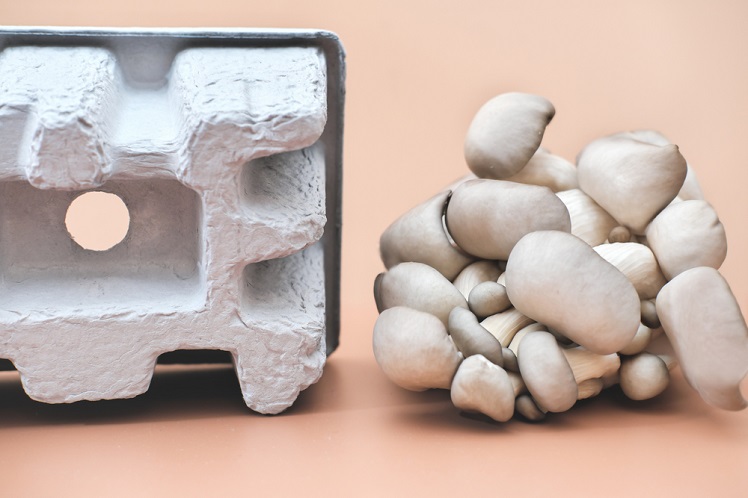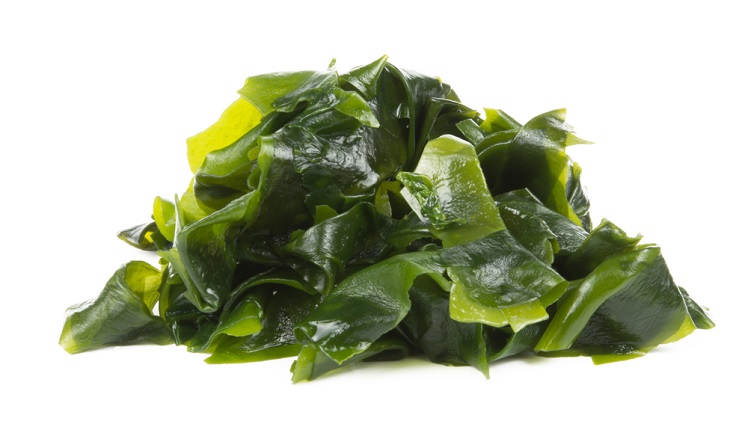Have you ever wondered about the amount of plastics produced in the world? Ever realized the impact of its use in society? Look around you, in your office or in your house. How many plastic containers do you use and how many are made of other materials?
Plastics have been industrially produced since 1950. A study revealed that around 8300 million tons of plastic had been generated up to 2015. This is equivalent to the weight of a million Eiffel Towers! The statistics further unveiled that out of the 8300 million tons of plastic produced:
- Only 30% was being used.
- The remaining 70% which is around 6000 million tons was just a waste.
Out of the total plastic waste only 9% was recycled, 12% incinerated and 79% ended up in dumping sites. The majority of plastics do not degrade in any way leaving the burden with us for hundreds or thousands of years.
Eco-friendly packaging alternatives quick win substitute is therefore deemed vital to save Mother Nature from environmental hazards. The list of recyclable plastics to biodegradable containers for environmentally conscious business is non-exhaustive. Here are a few you could consider:
Table of Contents
Replacing Styrofoam with Packing Peanuts
Styrofoam also known as EPS (Expanded Polystyrene Foam) widely used for takeaway cartons and loose fill packaging is neither biodegradable nor economically recyclable. It often finds its way into waterways where it can have adverse effects on marine life. Hence replacing this packaging classic with an eco-friendly alternative is utmost important.
Biodegradable Air peanuts are a viable option that works the same way as their Styrofoam brethren. These are bio- degradable, non- food and anti-static and perform better than their non-recyclable counterparts. They are a great loose-fill and cushioning material to prevent damage from fragile objects during transportation.
Corrugated Cardboard substituting Bubble Wrapping
Bubble wrap packages that are used to protect fragile items during shipping is not the eco-friendliest material. Up-cycled corrugated cardboard is a green alternative to bubble wraps. The cardboard is cut to produce a concertina-type effect that protects against shocks just as bubble wrap does to provide a cushioning comfort to delicate items.
Mushroom Packaging

A cheap and eco-friendly packaging alternatives that is used to support smaller items is made from mushrooms. The agricultural waste is fused by a matrix of mushroom roots to create mushroom packaging. The material degrades at an incredible rate and in fact can be composed at home breaking into non-toxic, organic matter.
Cornstarch Packaging
Cornstarch is an organic material derived from corn or maize plants. This American crop has plastic-like properties which can be leveraged in many contexts.
These include manufacturing of bottles, molded forms and cornstarch packaging among others. The products made from these carbohydrate derivatives are 100% biodegradable, carbon-neutral and compostable at the end of their useful lives.
Latest Post:
- Bioplastic Pros and Cons: An Unbiased Examination
- Eco-Friendly Bottling: Aluminum as the Sustainable Hero?
- How to Make Bioplastic from Rice: A Step-by-Step Guide
- Eco-Tips: How to Recycle Amazon Envelopes?
- What Does Compostable Mean?
Seaweed Packaging

The gelatinous substance agar that is found in a variety of seaweeds and algae has won recognition for prototyping its use as a packaging material. Seaweed based packaging is particularly used for small-format food sachets and wraps e.g. instant noodle seasoning, coffee powder packages, rice wraps, burger wraps etc. These packaging materials dissolve in warm water making it a zero waste product. It is 100% biodegradable and works as a natural fertilizer for plants.
Our reliance on plastic is paramount, so adhering to the Sustainable Packaging Coalition’s guidance is indispensable. So opt for environmentally friendly practices that lessen our reliance on traditional plastics.
